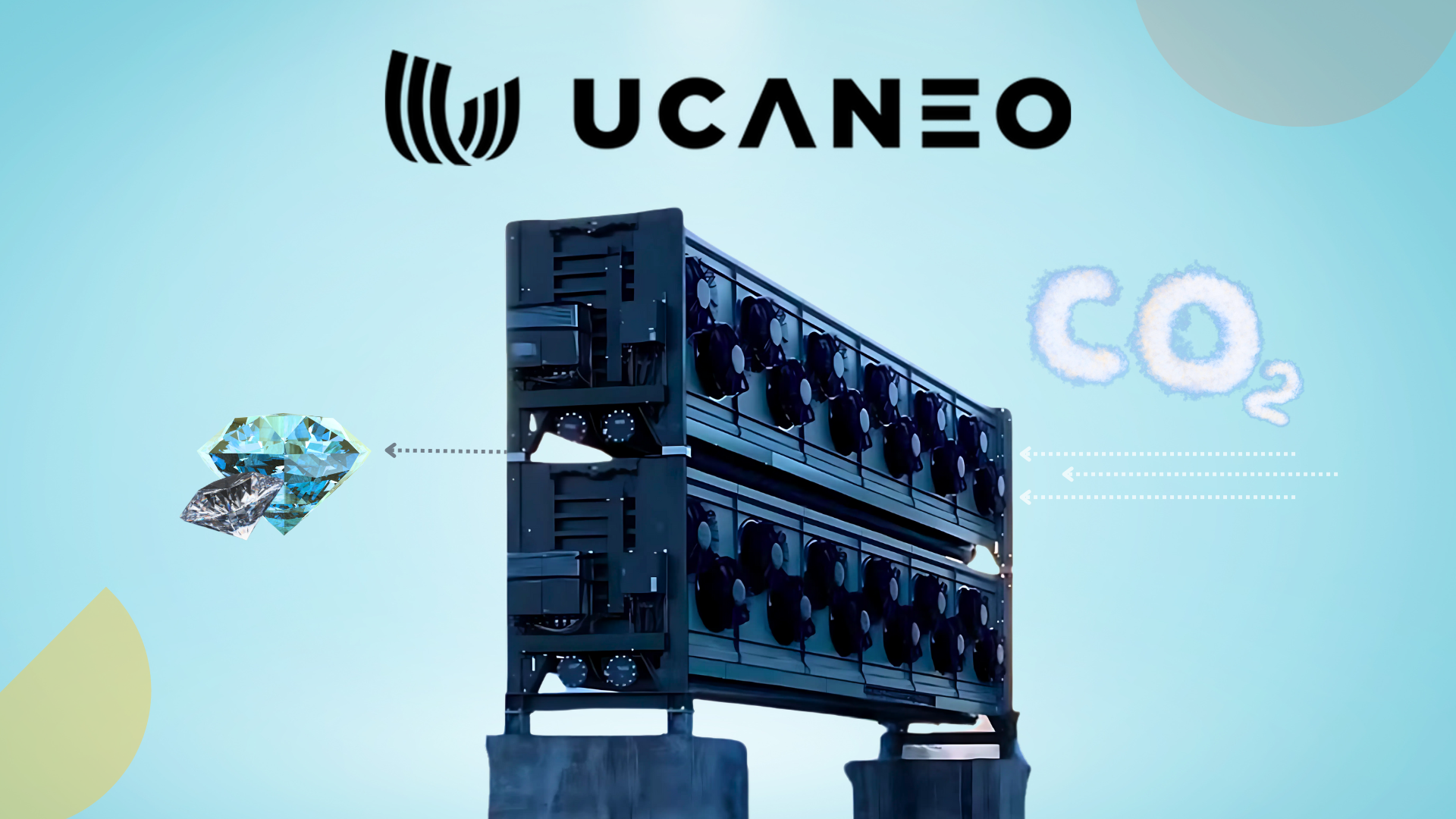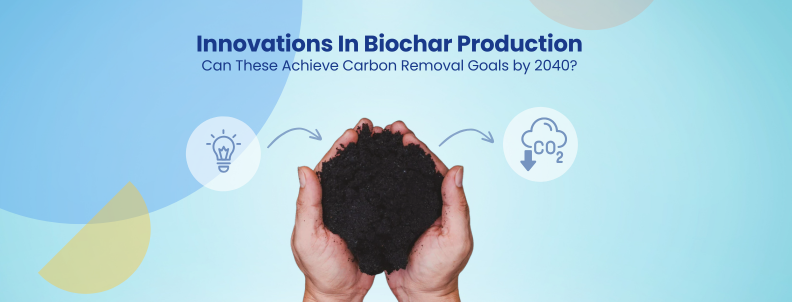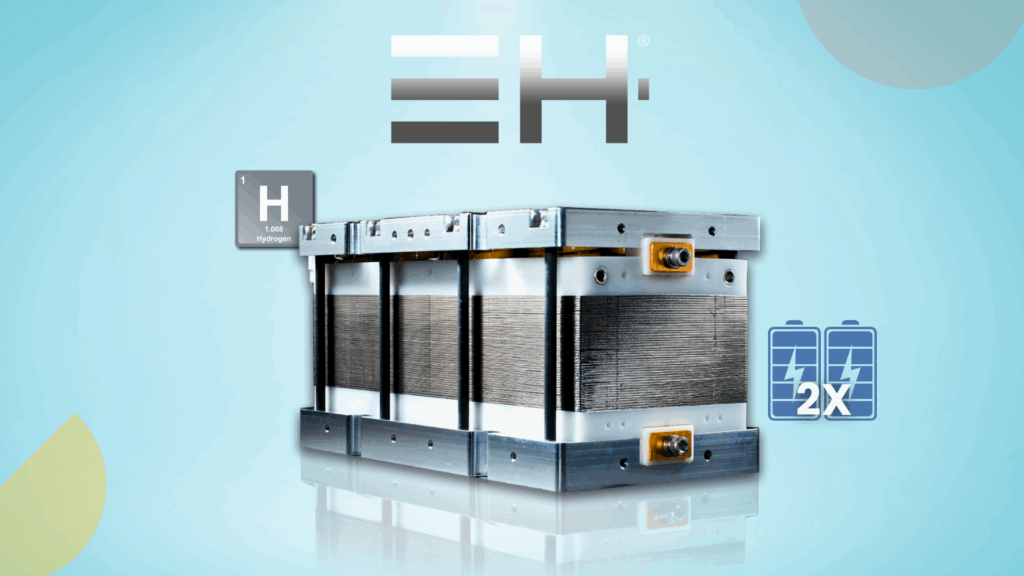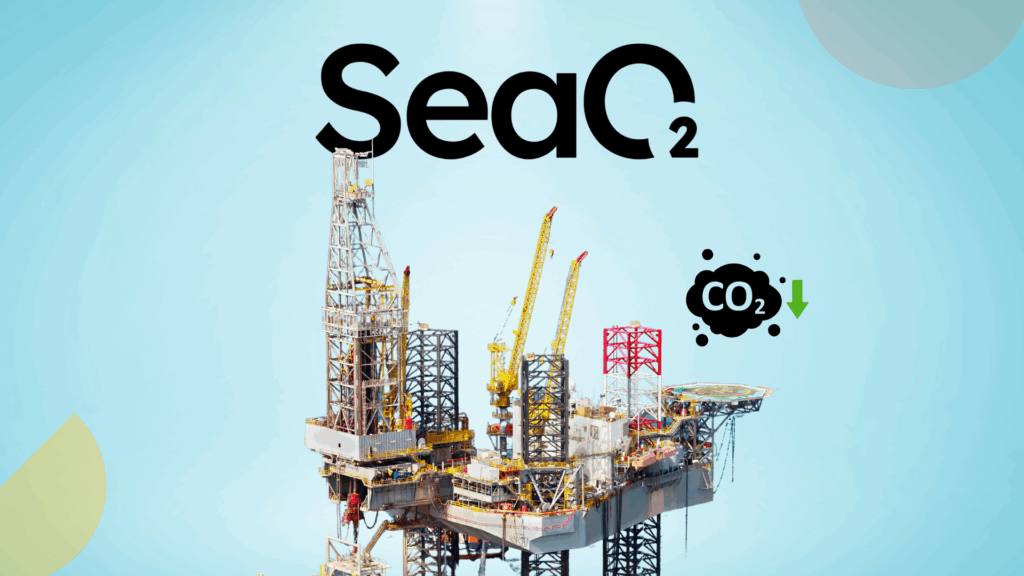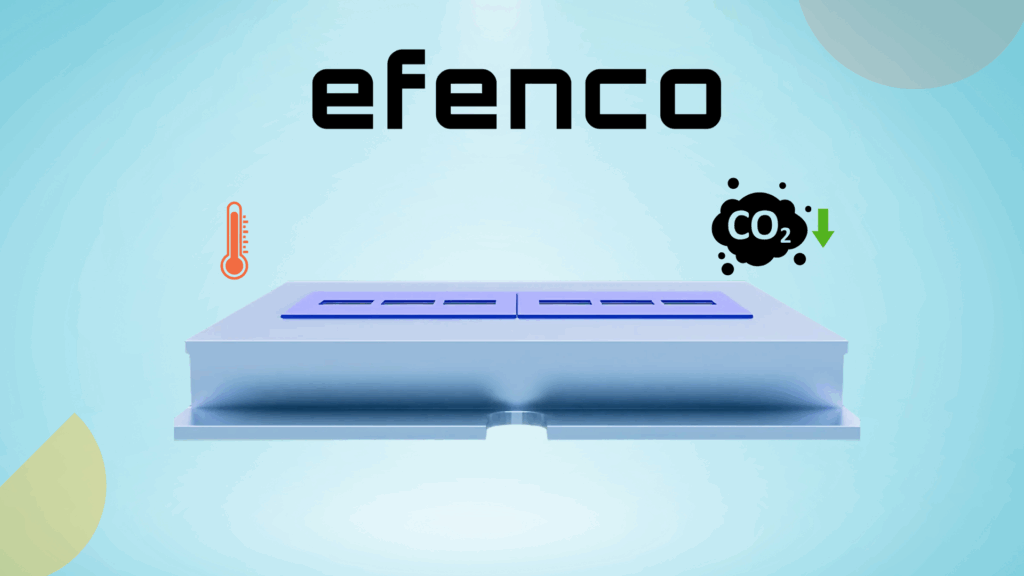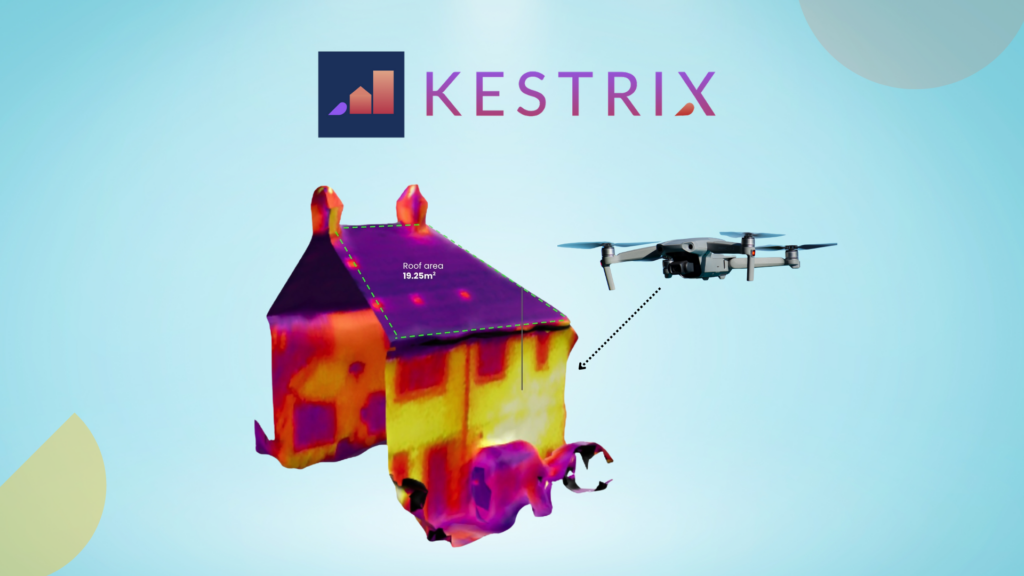The amount of CO2 already emitted into the atmosphere is so vast that simply reducing emissions won’t be enough to achieve climate targets. To stabilize global temperatures, we must remove billions of tons of CO2 annually from the atmosphere. Yet, existing technologies remain inefficient and costly.
A startup called Ucaneo aims to address this challenge by developing a unique direct air capture (DAC). Their system uses an electrochemical process instead of heat, making it more energy-efficient and cost-effective than traditional DAC methods.
To better understand their carbon capture process, we spoke to Florian Tiller, CEO of Ucaneo. This article contains notable highlights from our entire conversation.
This interview is part of our exclusive Scouted By GreyB series. Here, we speak with the founders of innovative startups to understand how their solutions address critical industry challenges and help ensure compliance with industry and government regulations. (Know more about startups scouted by GreyB!)
“Our CO2-removing machines are like having 35,000 trees in just 15 square meters.”
– Florian Tiller
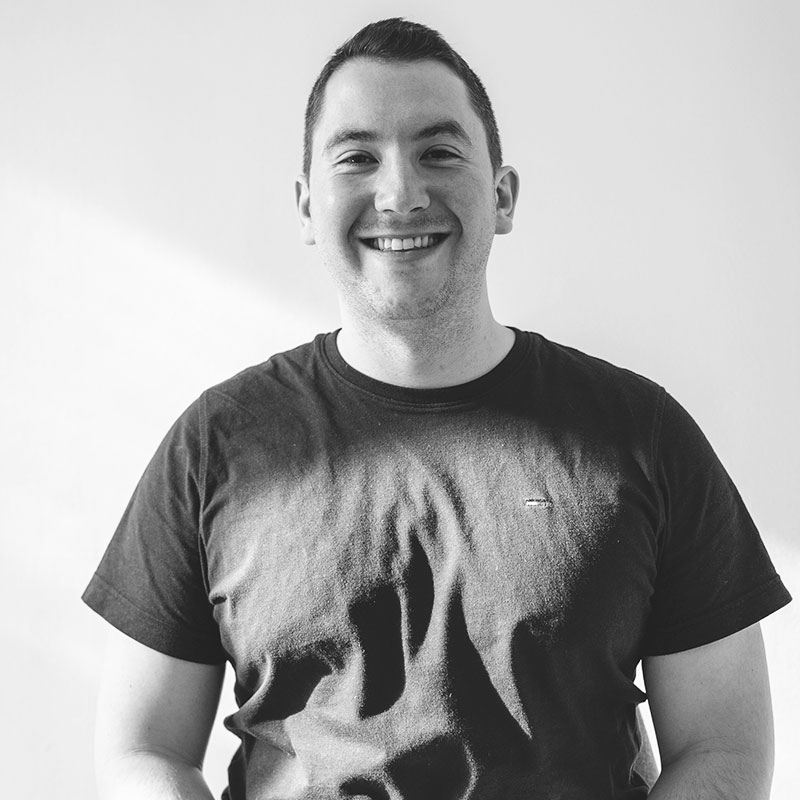
Florian Tiller, CEO of Ucaneo, co-founded the company alongside Carla Glassl. With a strong background in AI, robotics, and sustainability, Florian built multiple companies in these fields during his time at McKinsey. His expertise in business development and technology innovation has been instrumental in shaping Ucaneo’s Direct Air Capture (DAC) technology, which utilizes enzymes and biocatalytic membranes to remove CO₂ from the atmosphere efficiently.
Ucaneo’s is on a Mission to Clear the Air
Ucaneo specializes in direct air capture (DAC) technology designed to remove CO2 from the atmosphere. The company is employing an electrochemical approach to address the growing demand for scalable and affordable carbon removal solutions.
Their technology promises to reduce the high energy consumption and costs associated with traditional DAC systems, making it a crucial player in the fight against climate change. Ucaneo’s mission is not only to remove CO2 but also to repurpose it into valuable products, such as synthetic fuels, synthetic diamond production, and carbon credits for companies seeking to offset their emissions.
Can you explain what Ucaneo is doing and the impact it’s having on the carbon capture industry?
Florian: At Ucaneo, we’re addressing a critical issue in climate change—CO2 emissions. The problem is that we have already emitted so much CO2 into the atmosphere that it is no longer sufficient to reduce emissions; we need to remove CO2 from the air actively.
Our solution is a machine that filters CO2 from ambient air. The air comes in, the CO2 is captured, and clean air is returned to the environment. The captured CO2 can be used to create products or stored for long-term use in carbon credits. It’s essentially like having the carbon-reduction equivalent of 35,000 trees on just 15 square meters of land. This is a scalable and viable way to mitigate the long-term impacts of emissions.
I’ve heard a lot about DAC systems, but Ucaneo seems to have a unique approach. Could you explain how your system differs from others?
Florian: Absolutely. Traditional DAC systems typically employ chemical processes to capture CO2, which requires a significant amount of heat and energy to release the CO2. This makes them very energy-intensive and costly. What we’ve done differently is develop an electrochemical process that mimics the way human lungs function.
We utilize polymers and salts in a liquid solvent and employ an electrochemical approach to capture and release CO2 at room temperature, thereby significantly reducing energy consumption. This is not only more energy-efficient but also more cost-effective compared to conventional methods, making it significantly more scalable.
You mentioned the ability to make diamonds and produce CO2 for beverages. Can you explain how your captured CO2 is used in real-world applications?
Florian: Sure! Once we capture the CO2, we hand it off to downstream partners who can transform it into a variety of products. For instance, CO2 can be used in soft drinks like Coca-Cola and in agricultural applications such as plant growth. It can even be transformed into synthetic fuels for carbon-neutral aviation.
It is also used to create carbon credits for companies like Microsoft, which are aiming for net-zero emissions. We are helping to create a circular economy where carbon emissions are reused rather than released into the atmosphere.
Recommended:
Scalability is crucial in this field. How scalable is Ucaneo’s solution compared to others?
Florian: One of the significant advantages of our technology is its modularity. Unlike other DAC technologies, which often require huge facilities, our system can scale up by simply adding more electrochemical cells. It’s similar to how renewable energy plants scale by adding more turbines or solar panels. We have already scaled up our pilot system to capture 30-50 tons of CO2 per year at a cost of €300 per ton. Next year, we plan to scale it to even higher capacities. This modular approach makes it much easier to scale and deploy our technology in different regions.
Every startup faces challenges. What hurdles have you encountered at Ucaneo, and how have you overcome them?
Florian: One of the biggest challenges we’ve faced is managing the cost of scaling our technology. While the electrochemical approach is more affordable than traditional methods, we still need to secure funding and establish larger production facilities. Additionally, we have had to demonstrate the feasibility of our technology at scale.
Fortunately, we have already shown that it works efficiently on a small scale, and we are currently verifying that it can be replicated at a larger scale. The other challenge is the public’s understanding of direct air capture. Many people are unaware of the critical importance of removing CO2 at this stage of climate change, so educating the market is also part of our journey.
Looking ahead, what are your long-term goals for Ucaneo?
Florian: Our long-term vision is to become a global leader in CO2 removal. We recognize that climate change is a worldwide issue, and we aim to be at the forefront of the solution by offering a scalable and cost-effective method for companies to remove CO2 from the air and offset their emissions.
We plan to expand our partnerships with large corporations and governments and deploy our technology globally. Over the next five years, we aim to have several large plants operational, helping mitigate the effects of climate change while creating new economic opportunities through carbon credits and reusable CO2 products.
Meet our Interviewer – Shabaz Khan, Marketing Manager at GreyB
Shabaz Khan, Marketing Manager
Want to find other scalable startups innovating in carbon capture and negative emission technologies? Please fill out the form below to contact our experts.
Get in touch
Please share your query below

